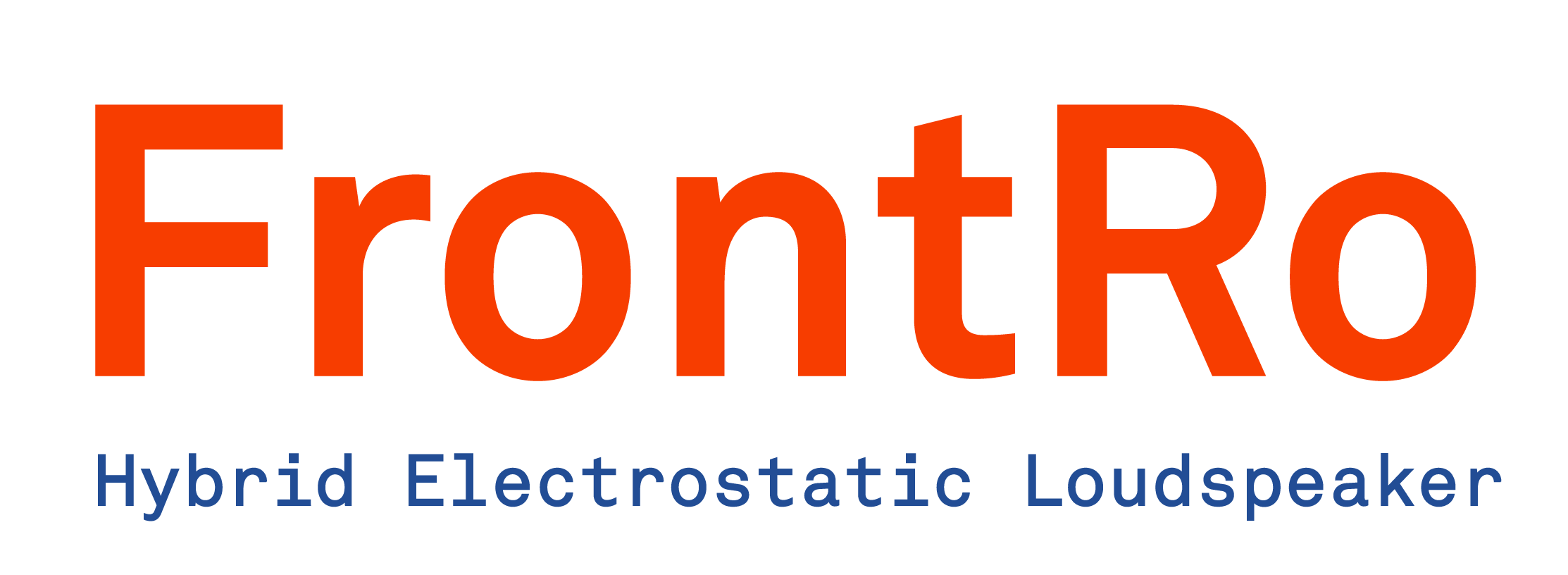Book:
Acoustics: Sound Fields, Transducers and Vibration (2nd ed.)
What the critics say about the first edition of 'Acoustics: Sound Fields and Transducers'
' "Acoustics: Sound Fields and Transducers" is an update/sequel to the legendary 1954 work Acoustics by Leo Beranek. It contains more recent and additional material, including material that is difficult to find elsewhere. Some examples of the latter are a discussion of the “slip” boundary condition in narrow tubes (Chap. 4), cell phone acoustics (Chap. 8), and steps to produce satisfactory listening room acoustics (Chap. 11). ... In sum, this highly recommended book is a treasure of information and problem-solving techniques for both the novice and expert in the areas of acoustical transducers and fields.' Allan J. Zuckerwar, J. Acoust. Soc. Am. 134(3), September 2013.
'... In the almost 60 years since "Acoustics" was published, it has become one of the most cited references in scholarly papers, and has found a place not only on the book shelf, but also open on the desks, of practitioners, educators, and students. ... Mellow and Beranek have updated the classic text with additional focus on transducers while retaining many chapters from the 1954 edition. It also introduces techniques that were not even a dream in 1954 and so updates the text to the early 21st century. ... An expanded chapter on horn loudspeakers, including separate subsections for parabolic, conical, exponential, and hyperbolic profiles, closes out the section. ... In Chapter 12, some practical electrodynamic loudspeaker design topologies and geometries – including the spherical cap on a sphere, a piston in a sphere, and oscillating concave and convex domes in an infinite baffle – are discussed. ... In addition to mathematical concepts such as the Huygens-Fresnel principle (too easily misinterpreted by many wishful wizards), Rayleigh integrals, Green’s functions and the Kirchhoff-Helmholtz boundary integral, the authors present useful examples in both cylindrical and rectangular-spherical geometries – including a rigid circular piston in an infinite and finite baffle, resilient disks (a.k.a. real world diaphragms), and a long oscillating strip. ... The text is a most welcome update to the classic text. Acoustics: Sound Fields and Transducers will find its place open on the desk of many who deal with the radiation of sound from vibrating surfaces, including loudspeaker component and mechanical system designers.' Neil A. Shaw, Noise Control Engr. J. 61(2) MarchApril 2013.
' "Acoustic: Sound Fields and Transducers" is for advanced students and experts. It is both deeply theoretical and very comprehensive. It also has a broad scope and interestingly gets involved in the theoretical handling of practical issues, comparing predictions with real-life models. Here it shows it’s written by authors who work in the field. A fantastic book then, a reference work that any practicing engineer, including me, must have because it offers specialist theoretical models and mathematical analyses not available elsewhere.' Noel Keywood, HiFi World, March 2013.
'... The many plots of different responses for bass-reflex enclosures have been rewritten in simpler, modern terms of filter responses, "alignments" and Thiele-Small parameters. ... Even to those already owning a copy of the 1954 edition, I would recommend acquiring a copy of the revision. It has sufficient new material and is a pleasure to read to justify that cost. ... Personally, I feel that £73 (RRP) could hardly be better spent.' Bob Walker, Acoustics Bulletin January/February 2013.
'Designers will find numerous alignment tables, charts, graphs, formulas and worked examples in Chapter 7, for example the complete behaviour of a driven bass-reflex enclosure including the higher modes, a useful starting point though understandably not including structural behaviour. ... while inexpensive programs such as Mathematica may be deployed to calculate the extensive models supplied. It is a welcome surprise to see Leo Beranek’s Acoustics so exhaustively revised while we also have to thank co-author Tim Mellow for his deep commitment to the work.' Martin Colloms, HiFi Critic, January 2013.

